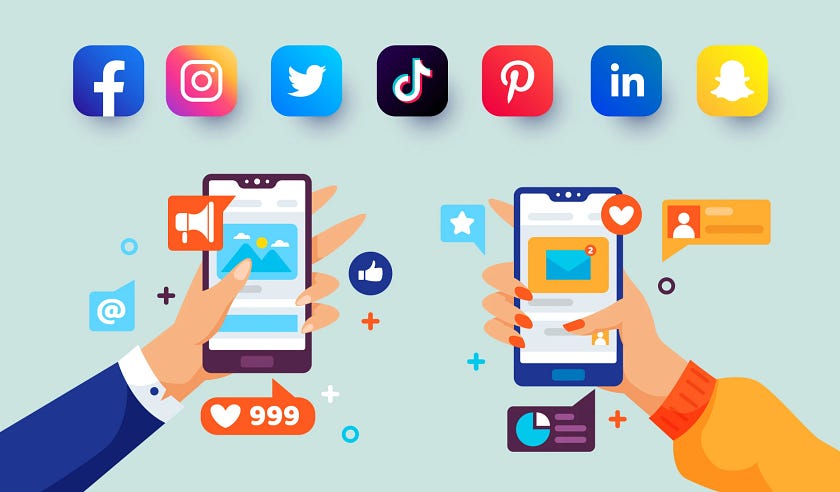Social Media Advertising: Definition, Costs & Campaign Examples

Social media has become one of the most powerful places for businesses to reach customers. Whether it’s Facebook, Instagram, YouTube, or LinkedIn — brands of every size now run ads on social platforms to drive awareness, sales, and engagement. But before launching ads, it helps to understand what social media advertising actually means, how much it costs, and how successful campaigns look in real life.
What Is Social Media Advertising?
Social media advertising refers to promoting a product, service, or brand through paid ads on social platforms. These ads are shown to specific target audiences based on location, interests, demographics, behavior, and more. Unlike traditional ads, social ads are interactive, trackable, and highly customizable.
In short:
You pay the platform → The platform shows your message to the right people → You track the results.
How Much Does Social Media Advertising Cost?
There is no fixed price. The cost depends on the platform, target audience, competition, ad format, and campaign goal. Most platforms use two payment models:
- CPC (Cost per Click) — You pay when someone clicks the ad
- CPM (Cost per 1,000 Impressions) — You pay for views, not clicks
Typical cost ranges:
- Facebook / Instagram Ads: ₹5 — ₹25 per click (varies widely)
- LinkedIn Ads: ₹50 — ₹200 per click (B2B audience is costlier)
- YouTube Ads: ₹2 — ₹10 per view
- Twitter/X Ads: ₹5 — ₹40 per click
- Pinterest Ads: ₹10 — ₹50 CPM (depending on niche)
The advantage is flexibility: you can run ads even with a small daily budget, test, and scale as results improve.
3 Simple Examples of Social Media Ad Campaigns
1) E-Commerce Sale Promotion (Instagram / Facebook)
A clothing brand runs a carousel ad showing new arrivals with a “Shop Now” button. The goal is to drive direct website purchases.
2) B2B Lead Generation (LinkedIn)
A SaaS company promotes a free whitepaper or webinar. The ad drives clicks to a form that collects leads for the sales team.
3) YouTube Awareness Campaign (Video Ads)
A startup launches a 15-second video explaining its app and targets young viewers. The goal is to build brand recall before launch.
These examples show that ads can serve different objectives — not just instant sales.
Why Brands Prefer Social Media Ads
- Highly targeted audiences
- Lower cost than traditional media
- Real-time performance tracking
- Fast testing and optimization
- Multiple creative formats (video, reels, stories, carousels)
Because of these advantages, even small local businesses advertise alongside global brands.
Final Thought
Social media advertising is no longer optional — it’s a key part of modern marketing. Whether the goal is awareness, leads, or sales, paid ads on platforms like Facebook, Instagram, YouTube, and LinkedIn give businesses precise control over who sees their message, how much they spend, and what results they get.
When done with the right strategy and continuous optimization, social ads can deliver powerful, measurable growth at any budget.



Comments
Post a Comment